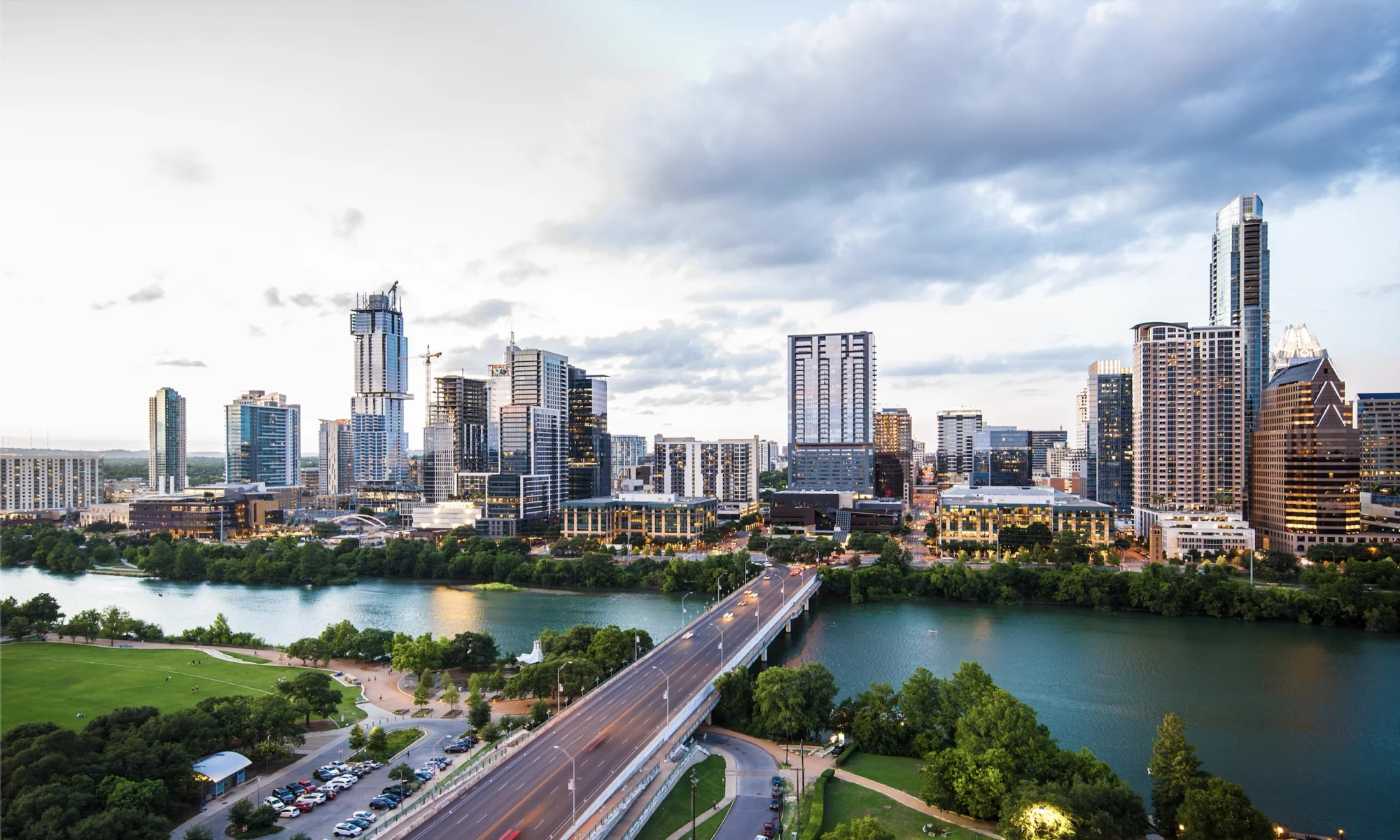2018 NEED: $300 MILLION IN NEW AFFORDABLE HOUSING BOND FUNDS
AURA advocates for an Austin for Everyone. That means an Austin where everyone can afford housing that works for their families. While we believe that market rate construction is a key component of ensuring people can have a place to live that does not leave them cost-burdened, we are realistic. We know that no matter how much private development we allow, not everyone can afford market rate for their home, and “capital A” Affordable housing is critical to providing a city that welcomes all. With the 2018 bond, we have the opportunity to live our values as a city. To truly be an inclusive city, we need to make sure we build enough housing so that longtime residents and newcomers alike have a place to live. The market won’t build enough on its own; we need public investment to ensure homes for people from all income levels.
AUSTIN’S STRATEGIC HOUSING BLUEPRINT
The Austin Strategic Housing Blueprint (ASHB), adopted by city council in 2017, identifies the following needs to be paid for in part by local funds:
- 45,000 new homes affordable to people making below 60% of median income—20,000 for those making up to 30% median income and 25,000 for those between 30 and 60% median income. In 2017, that covered the range of people making effectively no income up to a family of four making $48,850.
- The ASHB found that there was a gap of 48,000 homes affordable to those making below $25,000 per year.
- Over $6 billion in need for affordable housing funding was identified. Not all of this amount can or should come from bonds, but the demand for affordable housing funds is enormous, and will likely grow as Austin grows.
PAST BOND PERFORMANCE
- Austin voters approved a $65 Million affordable housing bond in 2013. It is expected to be entirely spent before the end of 2019.
- Midway through the bond cycle, each unit of affordable housing developed with the help of local bond funds cost an average of $38,000. These funds were matched 7:1 by a mix of federal and other funds.
- Housing was provided for a wide range of populations—from people transitioning out of homelessness with very little income, to families of four making closer to 60% of median income.
FUTURE NEED
- The recent US tax “reform” efforts are expected to cause a 14% decline in funds for the Low Income Housing Tax Credit, which helps finance 90% of affordable housing developments nationwide.
- Proposed budgets from the US Department of Housing and Urban Development gut other affordable housing programs.
- Over the next 4 years, prospects for continued federal funding of affordable housing are dim. Austinites must be willing to help make up the difference if we want to continue ensuring that low-income people can stay in the city.
Austin should “go big” and ensure that the 2018 City of Austin bond program this year has a sizeable component for Affordable Housing to ensure that we remain a welcoming place for people of all income levels. We call on City Council to present a bond to voters including $300 million in new affordable housing funds.

